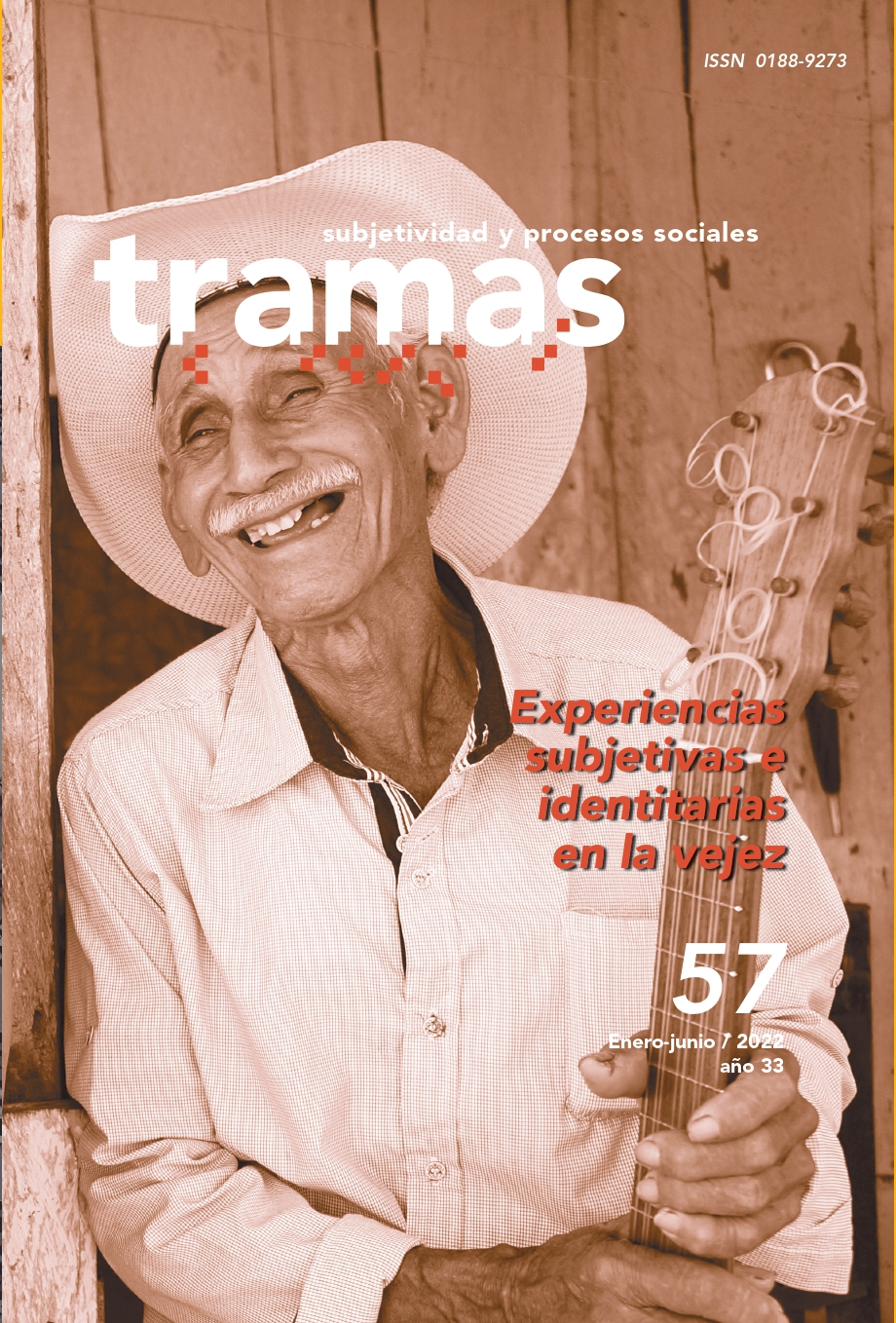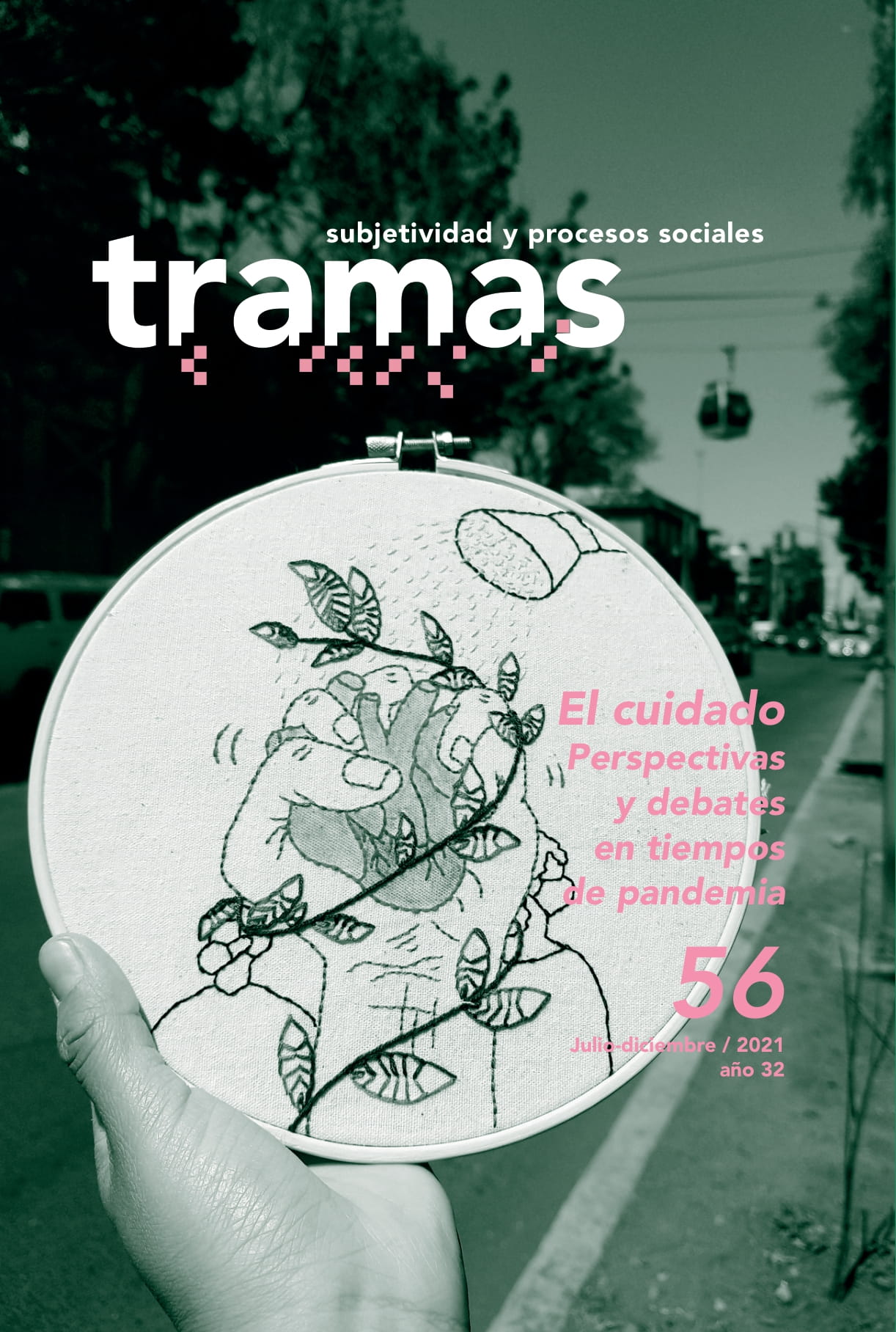La Virgen de Guadalupe, un mito de amor
Abstract
This abstract deals with the myth of the Virgen of Guadalupe. The myth represents a syncretism between the antique religion of Aztecs and Catholicism brought by the Spanish to the "new world", and how this fusion has a very strong symbolic efficacy to maintain a psychical equilibrium and psychological strength in the catholic people of Mexico. After the defeat of Aztecs by the spanish in 1521 the indians in Mexico were very dosed to psychosis. Their gods, and al1 that they had believed so far were destroyed. The Aztecs believed they had cornmitted humble acts against the gods to received such drastic punishrnent. Everything seemed to collapse. It was a war between men. Aztec-men that had lost, and spanish-men that had won. There was left only one salvation: mother-love. Fourteen years after this catastrophe Lady of Guadalupe appeared above a little mountain near Tenochtitlan. This hill was consecrated to the godess Coatlicue- Tonantzin. She talked in nahuatl to a humble indian. This article does not pretend to discuss the veracity of this creed, but to show how it is real in the imaginary and symbolic processes of mexican culture.












